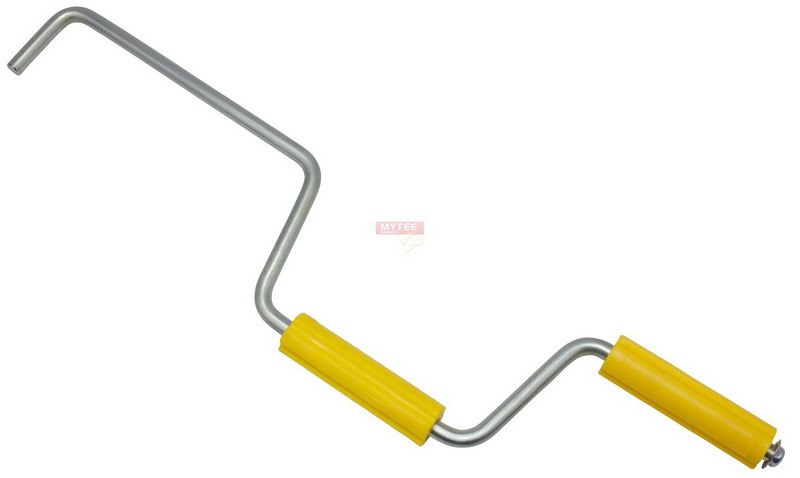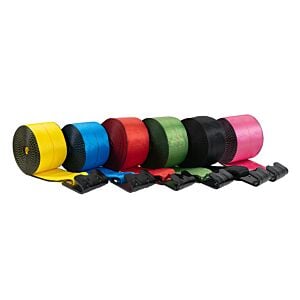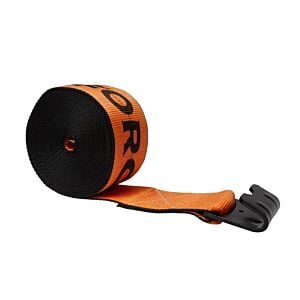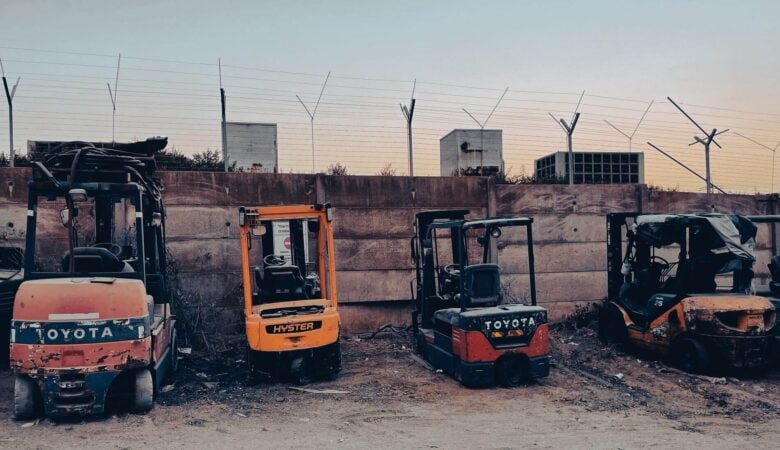Sometimes the brilliance of a particular tool lies in its simplicity. Oftentimes the most efficient tools are those with the simplest design and just a few moving parts. That certainly is the case with the humble winch accessories. As a tool for truckers, the winch winders are brilliant in its simplicity and efficient in its design.
As you probably know, winches are fixed to flatbed trailers for the purposes of holding and winding webbing straps. When you use them, you don’t have to use ratchet straps or chains to secure cargo. You simply run the straps through the winch and wind them in place. When it is time to secure a load, straps can be stretched over the top and secured on the other side. Post-delivery, the straps are wound up and secured again.

If you are new to the whole winch winder concept, here are five handy tips that should increase your efficiency:
1. Apply a Bit of Tension
You will get a tighter wind and less crimping if you put a bit of tension on the strap as you’re winding. If you are using a two-handed winch winder, apply the tension with your foot. You could also put a wood block on the ground and run the strap underneath it. The block should be just heavy enough to do the trick but not so heavy as to prevent you from winding.
2.Consider a One-Handed Winder
If using your foot or a block doesn’t tickle your fancy, you can opt for a one-handed winch winder instead. This particular kind of winder is really just a smaller handle that can be cranked with a single hand while you apply tension with the other.
3. Mount According to Favored Hand
This next tip is one that truck drivers normally don’t think of until after they’ve installed their winches. Here it is: install each unit according to your favored hand. If you are right-handed, install your units with the handle to the right side (as you face it). That means the handles will point to the rear of the trailer on the driver’s side but toward the front on the passenger side.
If you are left-handed, install them in reverse. Make sure the handle is on the left side while facing it. Why do this? Because if the handles are on the opposite side, you will either have to use your non-favored hand to wind or you’ll have to turn sideways to use your favored hand. Neither option is all that efficient.
4. Install Every Foot or So
Next, we recommend installing a winch unit every 12 to 18 inches. Although this may seem like overkill, you know that the size and position of your loads is never the same from one trip to the next. If you do not have enough winches in place, you may find that you’re back to using ratchet straps because certain loads don’t line up with your winches.
5. Maintain Your Equipment
Last but not least, treat your winches and winch winders like every other piece of equipment you have. Maintain them by regularly checking for any kind of damage. Oil them periodically and, should one eventually rust, brush it off and seal it to prevent further rust.
Winch straps winders are a simple but ingenious invention that makes using webbing straps as easy as can be. With the right number of winches on both sides of the trailer, you will be ready for just about any load. Strap down your cargo with confidence and then, following delivery, quickly wind your straps and get back on the road.













